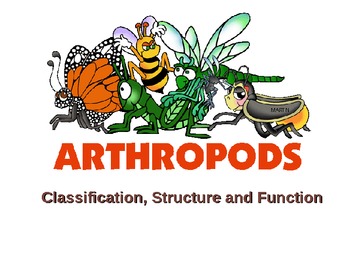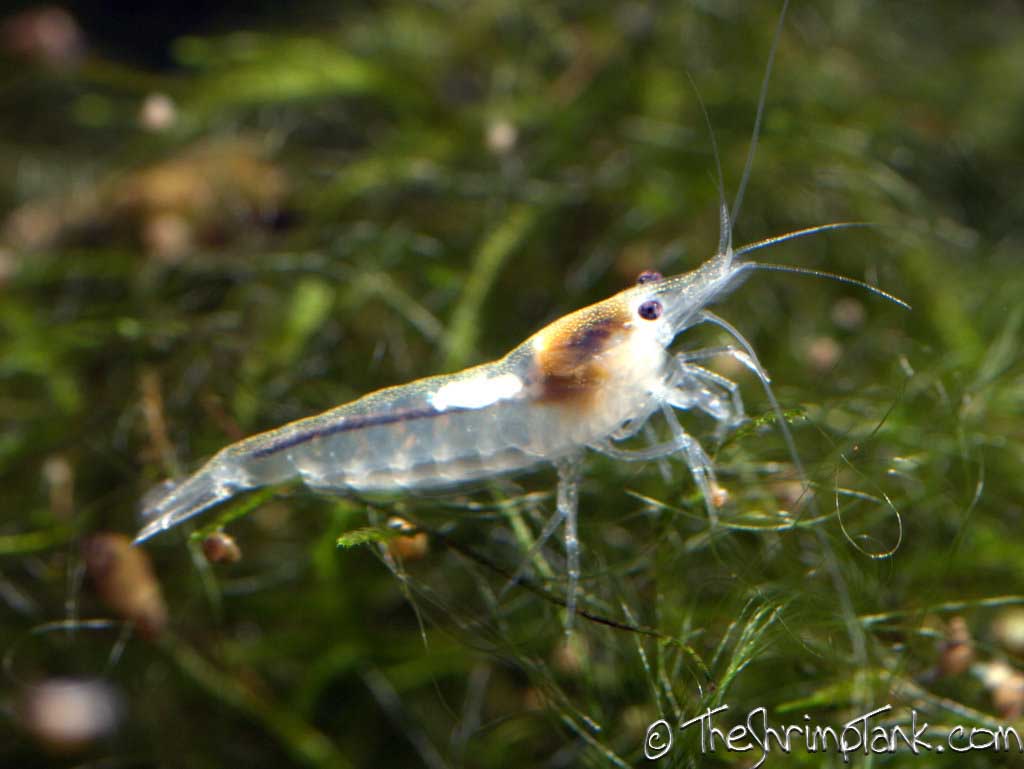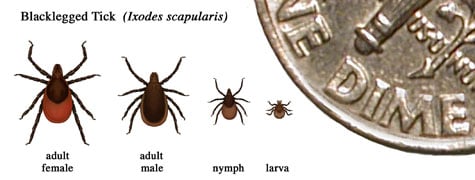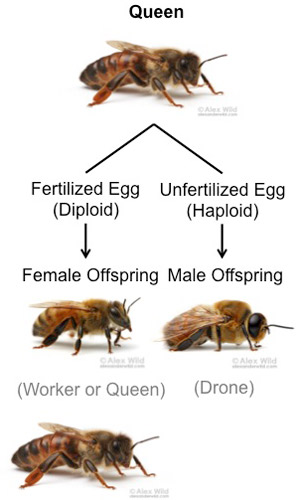 |
- protostomes
- bilateral symmetry
- coelomates
movement
- have jointed appendages (legs or antenna) (ízelt függelékek)
 |
| Various jointed appendages |
- have exoskeletons made from protein and chitin (disadvantage of an external skeleton is that they have to moult (vedleni) to grow. Most will moult 4 - 7 times in their lifetimes)
 |
- skeletal muscles (vázizmok)


- segmentation: centipedes show basic segmention, but most other arthropods have fused segments into 3 major body parts: head, thorax (tor) and abdomen (potroh)
 |
- 3 types of organs are found in this group:
insects have tracheal tubes (légcsőrendszer)


crustaceans have gills
spiders have book lungs
 |
- ganglionic nervous system: small brain in the head and double ventral nerve cords with ganglia in each segment
 |
- compound eyes have many lenses and are used to sense movement
- simple eyes have single lenses and are used to sense light
circulatory system
- open circulatory system: blood is pumped from the heart into the spaces around the organs
nutrition
- a simple digestive system (mouth, stomach, intestines, anus), with glands (mirigyek) that produce digestive enzymes.
- mouthparts are highly variable, adapted to diet, eg. piercing mandibles, sucking tube, sponging tongue etc.
 |
| Various mouthparts |
- have Malpighian tubules which collect up nitrogenous waste and empty into the intestines.
 |
- evolved from primitive annelids
- there has been a reduction of body segments through evolution
- segments have become more complex
Classification
We will cover 5 major classes.
1. Centipedes
-live in moist places
- have long, flattened bodies (15-181 segments)
- 1 pair of legs/segment
- predators
2. Millipedes
- have long cylindrical bodies
- 2 pairs of legs/segment (segement fusion)
- eat plants or dead material
 |
3. Crustaceans (crabs, crayfish, shrimp. lobster)
 |
| Red crab |
 |
| Mud crab |
 |
| Crayfish |
 |
| Lobster |
 |
| Snowball shrimp |
 |
| Pedersen's shrimp |
- head has mandibles, 2 pairs of antennae, 2 compound eyes
- 5 pairs of jointed legs (used for walking), the 1st pair is specialized for seizing prey (called pincers)
- swimmerets (potrohlábak) are attached to the abdoment, useful for making water flow over the gills, crayfish, shrimp and lobsters have 5 pairs
- most have 3 body segments, some have 2 (eg. crayfish), where the cephalothorax is covered by the carapace (rákpáncél)
 |
-exoskeleton also contains calcareous salts
- unusual examples of crustaceans include barnacles (tengeri makk), water fleas (vizibolha) and pill bugs (gombászka)
| Barnacles |
 |
| Water flea |
 |
| Pill bug |
4. Arachinids - spiders, scorpions, mites (atka) and ticks (kullancs)
 |
| Scorpion |
 |
| Cheese mites |
 |
| Dust mite |
 |
| Tick |
Spiders
| Garden spider |
- more than 30 000 species of spiders on the planet
- terrestrial, book lung
- segmentation: cephalothorax is called the prosoma and the abdomen is called the opisthosoma
 |
- no compound eyes, 6-8 simple eyes (detect light)
| Wolf spider |
chelicerae (csáprágok) near the mouth (hold food, inject poison)
pedipalps (tapogatóláb) handle food, sense and in males carry sperm
4 pairs of walking legs
.jpg) |
 |
| Spider egg sac |
 |
| Spider egg sac |
5. Insects (rovarok)
- over 800 000 known species
- found everywhere
- very diverse
- 3 body parts:
head - antennae, 2 compound eyes, several simple eyes, mouthparts
 |
| Simplified insect body structure |
| House fly |
| Potato beetle |
 |
| Ladybird (or ladybug) |
- reproduction is sexual, insects lay eggs from which larval stages hatch and as they grow they go through metamorphosis (átalakulás)
 |
 |
| Butterflies are a good example of complete metamorphosis (the juvenile forms look completely different from the adult) |
 |
| Grasshoppers are a good example of an insect that has gradual metamorphosis (young look very much like the adult) |
 |
 |
| Female aphid giving live birth to a small clone of itself! |
No comments:
Post a Comment